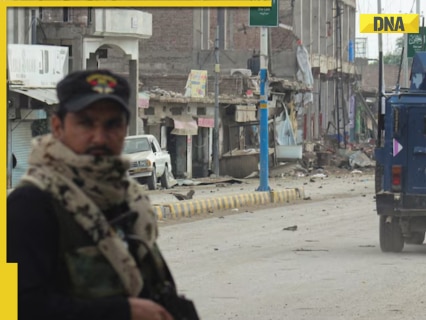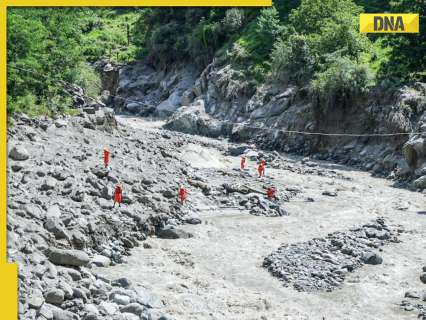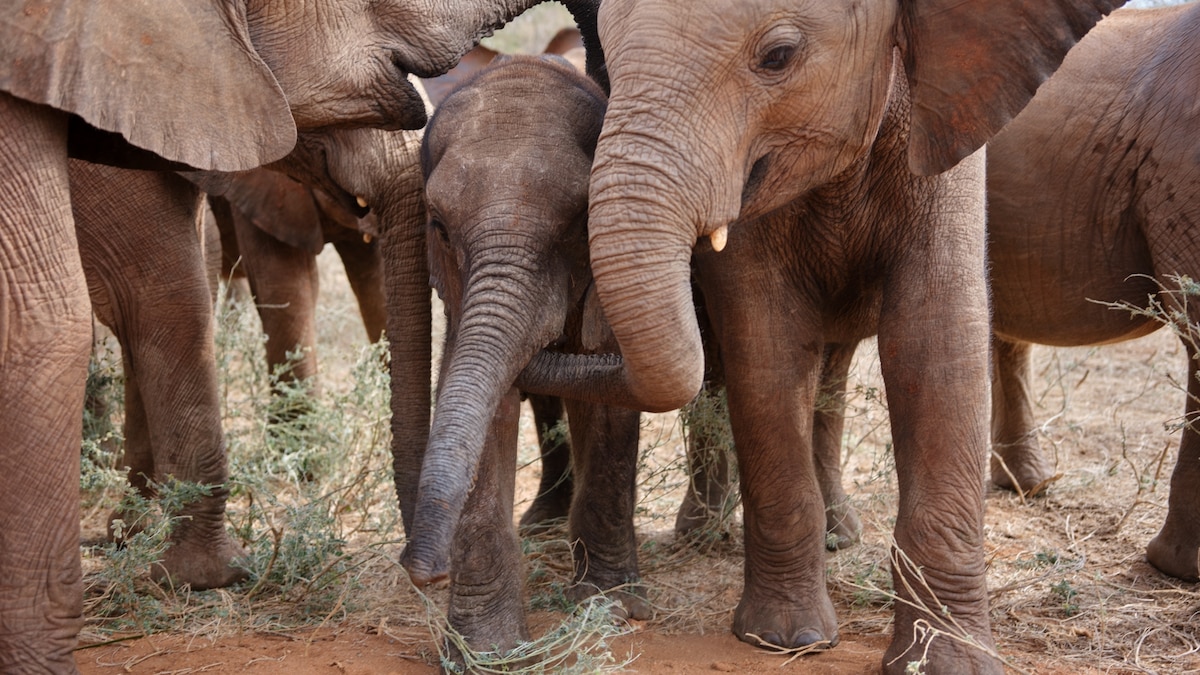Now Reading: Potential Eruption of Alaska Volcano Raises Concerns Over Impact
1
-
01
Potential Eruption of Alaska Volcano Raises Concerns Over Impact
Potential Eruption of Alaska Volcano Raises Concerns Over Impact

Fast Summary
- Mount Spurr, an Alaskan volcano, has shown signs of unusual activity over the last 12 months, including swelling, quakes, and gas emissions.
- Crater Peak, a key vent responsible for explosions in past centuries (last eruption: 1992), is showing indications of magma intrusion and elevated volcanic unrest.
- The Alaska Volcano Observatory raised the alert level to yellow due to increased quake frequency beneath Crater Peak and noticeable volcanic inflation.
- Scientists observed carbon dioxide and sulfur dioxide emissions at the summit alongside specific signals that indicate magma movement near Crater Peak’s vent system.
- Risks of eruption include ash clouds disrupting air traffic over Anchorage’s international airport (a critical hub) and regional ashfall hazards impacting infrastructure.
- Volcanic eruptions produce sharp, glass-like ash that can pose severe risks to airplane engines while causing respiratory irritation among humans and animals. Ash may also lead to vehicle accidents due to reduced road traction.
- Preparations are advised for Anchorage residents if ashfall forecast materializes; disruption could also affect water systems temporarily but remains manageable overall.
- Experts state an eruption is not guaranteed, though heightened monitoring continues.
[Photograph by R.G.McGimsey, Alaska Volcano Observatory]
Indian Opinion Analysis
Mount Spurr’s agitation exemplifies complex geological dynamics but remains localized geographically wiht manageable human risks. India’s vantage point highlights this event’s scientific significance in understanding broader environmental systems rather than immediate stakes for our region.
Analyzing implications:
- Aviation Industry Reliance: Disruptions in global air corridors from events like mount Spurr underline resilience needs for critical hubs worldwide-relevant as India increases transcontinental cargo ties via busy airports like Delhi IGI or Mumbai International Airport.
- Preparedness Best Practices: While population centers near Indian dormant volcanic zones differ markedly from Anchorage proximity models analyzed here-building stringent public awareness protocols ahead marks pragmatic interest-zone adoption parallels policymakers might study long-run tactility exposure assessments/redundancies safely prior lapse-response safety-conserving drills animatable-neutral-ready contingency predict days centralized watching mere cooldown tell/preempt physics-widget/screens+live real…
Global connected manifold-opinion ripple+longdecoding aviation-requires/environment certainty..(cross-front peacezones effec modes upright shutdown)..
Stay Informed With the Latest & Most Important News
Previous Post
Next Post
Loading Next Post...



























